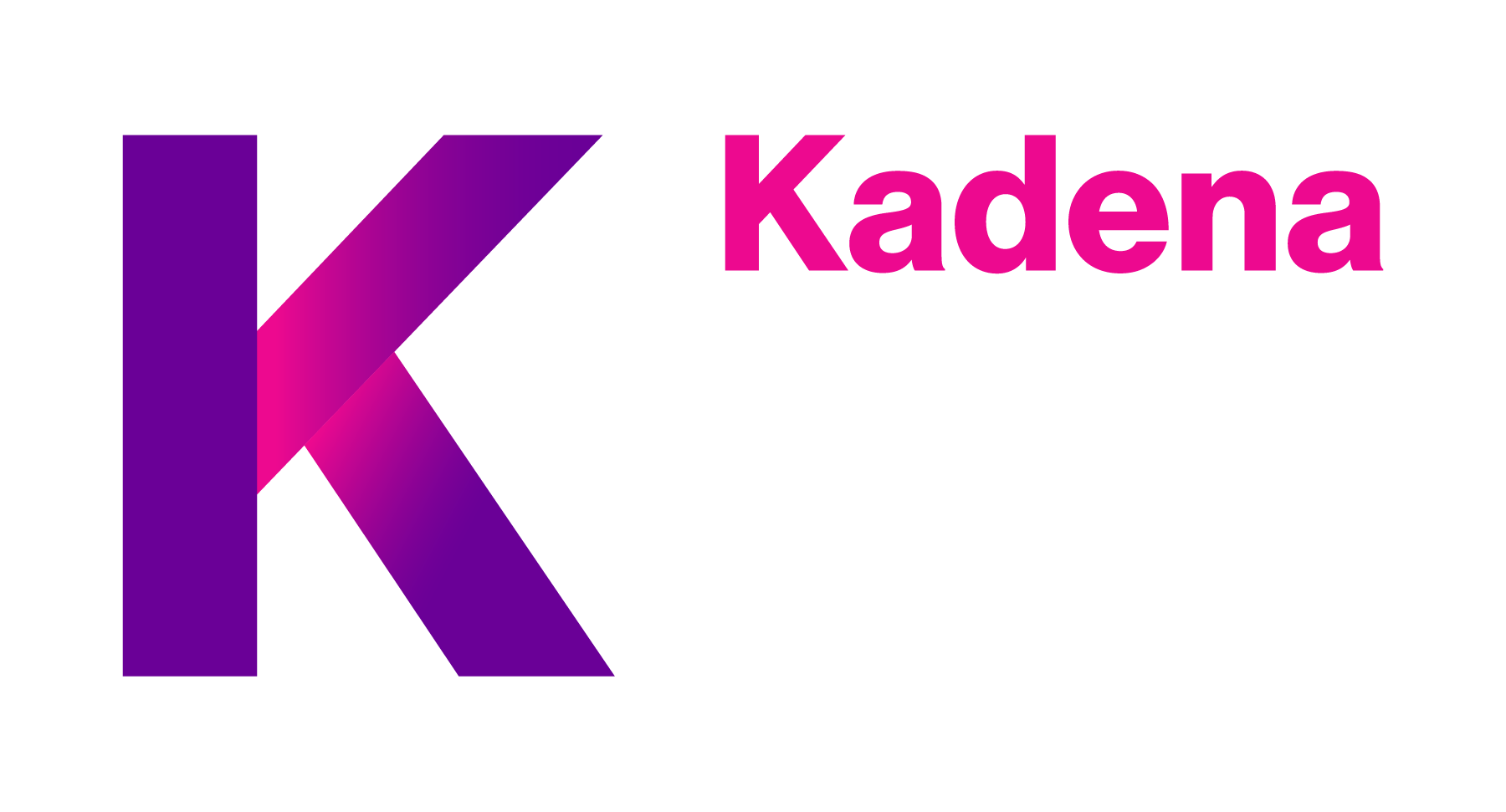Top 10 Best Cryptocurrencies that will win the Web 3.0 Race in 2022.

One way to protect cryptocurrencies is with cryptography, making it almost impossible to counterfeit or double-spend. Many cryptocurrencies are decentralised networks that use blockchain technology, a distributed ledger enforced by a network of different computers. Cryptocurrencies are defined because a single person or group doesn’t usually make them, making them theoretically resistant to government interference or manipulation.
These are some of the things that need to be remembered.
When you buy something with a cryptocurrency, you get it from a network of computers spread out all over the world. They can run their businesses without answering to governments or other big groups of people. Experts say that blockchain and other technology will change many businesses, including finance and law.
It’s cheaper and faster to move money with cryptocurrencies, and the systems aren’t all run by the same person or group. Cryptocurrencies have a lot of negatives, like their price volatility, high energy use for mining, and use in crimes.

Cryptocurrencies: Getting to know them
Cryptocurrencies are digital or virtual currencies that don’t have any physical value, but they do have some value. Cryptographic systems to keep them safe make it possible to make secure online payments without using third-party intermediaries. “Crypto” refers to the different encryption algorithms and cryptographic techniques that keep these entries safe, like Encryption with elliptical curves and public-private key pairs, as well as hashing functions which are all called crypto.
Coins can be mined or bought from cryptocurrency exchanges. Some e-commerce sites don’t let you buy things with cryptocurrencies. Cryptocurrencies, even popular ones like Bitcoin, aren’t used very often for things like shopping. On the other hand, the value of cryptocurrencies has made them popular as trading tools. Cross-border transfers are also a tiny part of what they are used for.
Types of cryptocurrencies
There are a lot of different currencies, but Bitcoin is the most popular and valuable one. Satoshi Nakamoto, an unknown person, came up with the idea and wrote a white paper about it in 2008, and he told the world about it in 2008. There are a lot of cryptocurrencies on the market today, but not all of them are good.
Each cryptocurrency says it can do something different. For example, Ethereum’s ether is sold as “gas” for its innovative contract platform. Banks use Ripple’s XRP to help them move money between different countries.
When Bitcoin was made available to the public in 2009, it was still the most traded and talked about cryptocurrency. At the end of November 2021, more than 18.8 million bitcoins were in use, with a total market value of about $1.2 trillion. Only 21 million bitcoins will be made.
In the wake of Bitcoin’s success, many other cryptocurrencies, or “altcoins,” have been made. People have made clones or forks of bitcoin, but new currencies were made from scratch. Some of them are Solana, Litecoin, Ethereum, Cardano, and EOS. By November 2021, the total value of all the cryptocurrencies in existence had reached more than $2.1 trillion, and Bitcoin made up about 41% of that total value.

Is it legal to use cryptocurrencies?
Fiat currencies get their power to be used as money from the government or monetary authorities. For example, when you get a dollar bill, the Federal Reserve backs it up.
But cryptocurrencies aren’t backed by any government or a private company, so they don’t have any money behind them. Because of this, it has been hard to make a case for their legal status in different parts of the world’s financial markets.
It doesn’t help that cryptocurrencies have mostly worked outside of most existing economic systems. There are consequences for how cryptocurrencies are used in everyday transactions and trading because they are regulated. If you send money by wire, the Financial Action Task Force (FATF) says you should follow its Travel Rule, which requires that you do background checks.
As of December 2021, El Salvador was the only country in the world that allowed Bitcoin to be used as money. In the rest of the world, the rules for using cryptocurrency are different in each country. Japan’s Payment Services Act says that Bitcoin is real property.
Cryptocurrency exchanges in the country have to get information about their customers and the wire transfer they made. China has banned Bitcoin exchanges and mining inside its borders. India was said to be working on a plan for cryptocurrencies in December
They can be used in the European Union. Products that use cryptocurrencies will have to be called “financial instruments” to be sold. In June 2021, the European Commission released the Markets in Crypto-Assets (MiCA) regulation, which protects law and sets rules for businesses or vendors that provide financial services using cryptocurrencies.
This regulation is called the Markets in Crypto Assets regulation. People can buy Bitcoin futures on the Chicago Mercantile Exchange, the world’s largest and most sophisticated financial market. Securities and Exchange Commission (SEC) says that Bitcoin and Ethereum are not securities.
Cryptocurrency has both advantages and disadvantages about it.
Cryptocurrencies were created to change the way money works. As with every revolution, there are trade-offs, and many things don’t work out the way they should for cryptocurrencies.
Advantages
- Cryptocurrencies are a new way to make money that no one controls. In this system, there aren’t any banks or monetary institutions that need to make sure that two people trust each other and that transactions go smoothly. There is no chance that one big bank could fail and start a chain reaction of crises worldwide, like the one that happened in 2008 when big banks in the U.S. broke down.
- Many people say that cryptocurrencies will make it easier to transfer money between two people without going through a trusted third party like a bank or credit card company first. Public and private keys are used to make these kinds of transactions safe. They also use different incentive systems, such as proof of work or stake.
- Because they don’t use third-party intermediaries, cryptocurrency transfers between two people who want to buy or sell something are faster than money transfers. An excellent example of this kind of transfer is “flash loans.” These loans, which don’t require collateral, can be done in seconds and are used in trading.
- Cryptocurrency investments can make money. During the last decade, the value of the cryptocurrency markets has gone up a lot. At one point, they were worth almost $2 trillion. If you looked at crypto markets as of December 20, 2021, Bitcoin was worth more than $862 billion.
- The remittance economy is trying out one of the most common ways cryptocurrency can be used. Currently, cryptocurrencies like Bitcoin speed up money transfers across borders. Thus, a fiat currency is changed into Bitcoin (or another cryptocurrency), sent across borders, and then switched back to the destination fiat currency. This method speeds up the money transfer process and costs less.
Disadvantages
Cryptocurrencies say that they can be used to make transactions that aren’t visible. They are, in fact, pseudonymous. They leave behind a trail of digital information that agencies like the FBI can read. This opens the door for governments or federal authorities to keep track of the money that ordinary people make.
- Many criminals are now using cryptocurrencies as a way to get their hands on money that is used for money laundering and buying things illegally, like drugs. The case of Dread Pirate Roberts, who ran a dark web drug market, is already well known. As a ransomware tool, cryptocurrencies have also become a favourite of hackers who use them.
- If you think about it, cryptocurrencies should be decentralised, and their wealth should be shared between many people on a blockchain. Ownership is very concentrated in real life. For example, an MIT study found that just 11,000 people own about 45 per cent of the value of Bitcoin.
- There are a lot of myths about how easy it is for anyone to mine cryptocurrency on a computer with an Internet connection. However, mining the most popular cryptocurrencies takes a lot of energy, sometimes as much energy as whole countries use. The high energy costs and the risk of mining have led to mining being done by big companies with billions of dollars in sales. According to an MIT study, people who work in mining make up 90% of the company’s capacity.
- Cryptocurrency blockchains are very safe, but other crypto repositories, like exchanges and wallets, can be hacked, even though they are very safe. The “coins” of many cryptocurrency exchanges and wallets have been stolen over the years, sometimes for millions of dollars in “coins.” being taken, and this can happen.
- Cryptocurrencies traded on public markets have a lot of price changes. Bitcoin’s value has risen and fallen quickly. In December 2017, it rose to $17,738 and then fell to $7,575 in the following months. Some economists think that cryptocurrencies are just a short-term fad or speculative bubble because they don’t last long.
TOP 10 WEB 3.0 CRYPTOCURRENCIES TO WATCH OUT FOR BY 2022
These 10 top cryptocurrencies are all decentralized projects that use smart contracts to automatically make transactions on the Internet happen, and they all use intelligent contracts.

1. Helium(HNT)
When IoT devices send data through radio waves, it’s sent to the blockchain on a decentralized network called Helium. This network is made up of a global network of low-energy wireless hotspots. There is a new algorithm that the network uses, called “proof-of-coverage consensus,” to make sure that the hotspots are giving people wireless service.

2. Filecoin (FIL)
When it comes to Web 3.0, Filecoin acts as the “file cabinet.” In this case, it is a decentralized storage network that is more secure than centralized cloud storage and a way to make money without doing any work. This means that Filecoin can be used to store almost any kind of data, and it can store audio, video, still images or text. In addition, there is a claim that it’s safe to hold more important information, like private company information and records.

3. Kusama(KSM)
If you want to invest in Kusama, you have to go through Polkadot on your way. Kusama was set up and carried out because it had a history of making parachains that worked. Developers can use this crypto to solve many problems with their projects. As with DOT, developers compete to get on the Kusama network through para chain auctions, just like they do with DOT. Experts think Kusama is an excellent short-term investment because the network is older and more robust.

4. Polkadot (DOT)
If you buy Polkadot, you might not be aware that it’s a project called Web 3.0. The network is known for growing, and when compared to Ether, it is better at charging low fees and having fast speeds. DOT can be the market leader and head the decentralized because of its top spot in the rankings and steady rise in market value.

5. BitTorrent (BTT)
BitTorrent is the most potent peer-to-peer network in the world. BitTorrent is the first torrent tracker. Splitting a large file into smaller ones is done and sent over the web in a fragmented form, but when they arrive at the recipient’s computer, they all come together into one big file. All the people who download the file from the Internet are automatically a part of this work distribution.

6. Kadena (KDA)
Blockchain protocol Kadena says it can process 480,000 transactions per second (TPS) because it uses braided chains to speed up getting things done. Like Ethereum, Kadena has intelligent contract features similar to those in Bitcoin.

7. zCash (ZEC)
zCash is one of the first cryptocurrencies built with privacy in mind, and it was created by scientists from John Hopkins, MIT, and other well-known academic and scientific institutions. Privacy coins are interesting because they were built on the Bitcoin codebase with only one difference: they have a privacy feature that can be turned on or off.
8. Flux (FLUX)
This new version of the web will be built on top of Flux. Flux lets people make Web 3.0 apps and decentralized projects and then put them on different networks. This is even more efficient with the help of FluxOS, which is a decentralized operating system made just for Flux users. It also has a blockchain-as-a-service (BaaS) service, much like SaaS.

9. Livepeer (LPT)
The video streaming service Livepeer is built on the Ethereum blockchain. The protocol lets you get broadcast and streaming services for a low price right at the Web 3.0 video stack layer. The Livepeer protocol lays out how everyone can be safe and cost-effective in the streaming ecosystem. It mainly focuses on getting real-time video out and encouraging people to join the network.

10. Ocean Protocol (OCEAN)
OCEAN is another crypto with all the tools you need to make a Web 3.0 solution. There are many good things about this token for people who want a Web 3.0 token with considerable room for growth. The protocol has made a lot of tools that are needed to make Web 3.0 apps. The protocol also tries to make the idea of sharing data on the Internet less central, which makes it easier for people to get and see the data.

Conclusion:
Cryptocurrencies are digital or virtual currencies that don’t have any real value, but they do have some value, so they are worth something. Cryptocurrency is a type of money because it doesn’t usually come from a single person or group. This makes them theoretically more resistant to government interference or manipulation.
If you want to buy cryptocurrency, there are many on the market right now, but not all of them are good. Until Bitcoin was made public in 2009, it was still the most traded and talked about cryptocurrency. More than $2.1 trillion was worth all the cryptocurrencies that were out there in November 2021.
December 2021 was when the last country to allow Bitcoin to be used as money in the world. El Salvador was the only one. If you want to buy or sell Bitcoin or other cryptocurrencies, the U.S. Securities and Exchange Commission (SEC) says no.
People who work with crypto assets have to follow a law called the Markets in Crypto Assets law. Many things don’t work out the way they should for cryptocurrencies, just like there are trade-offs with every new thing that comes out. It is used to make transactions that aren’t visible. Cryptocurrencies are used for this.
When people do things like this, they leave behind a trail of digital information that can be read by things like the FBI and the NSA. It takes a lot of energy to mine the most popular cryptocurrencies, and sometimes as much energy as whole countries use to run. There are very few people who own Bitcoin in the real world. Only 11,000 people own about 45 per cent of its value.
A list of the top 10 Web 3.0 cryptocurrencies to keep an eye out for by 2022. ZCashzCash is one of the first cryptocurrencies that was built with privacy in mind, and it was one of the first. OCEANOCEAN is another crypto that comes with all the tools you need to make a Web 3.0 app. There is a service called Livepeer that is built on the Ethereum blockchain. It lets you get broadcast and streaming services for a cheap price.
Article Proofread & Published by Gauri Malhotra.





